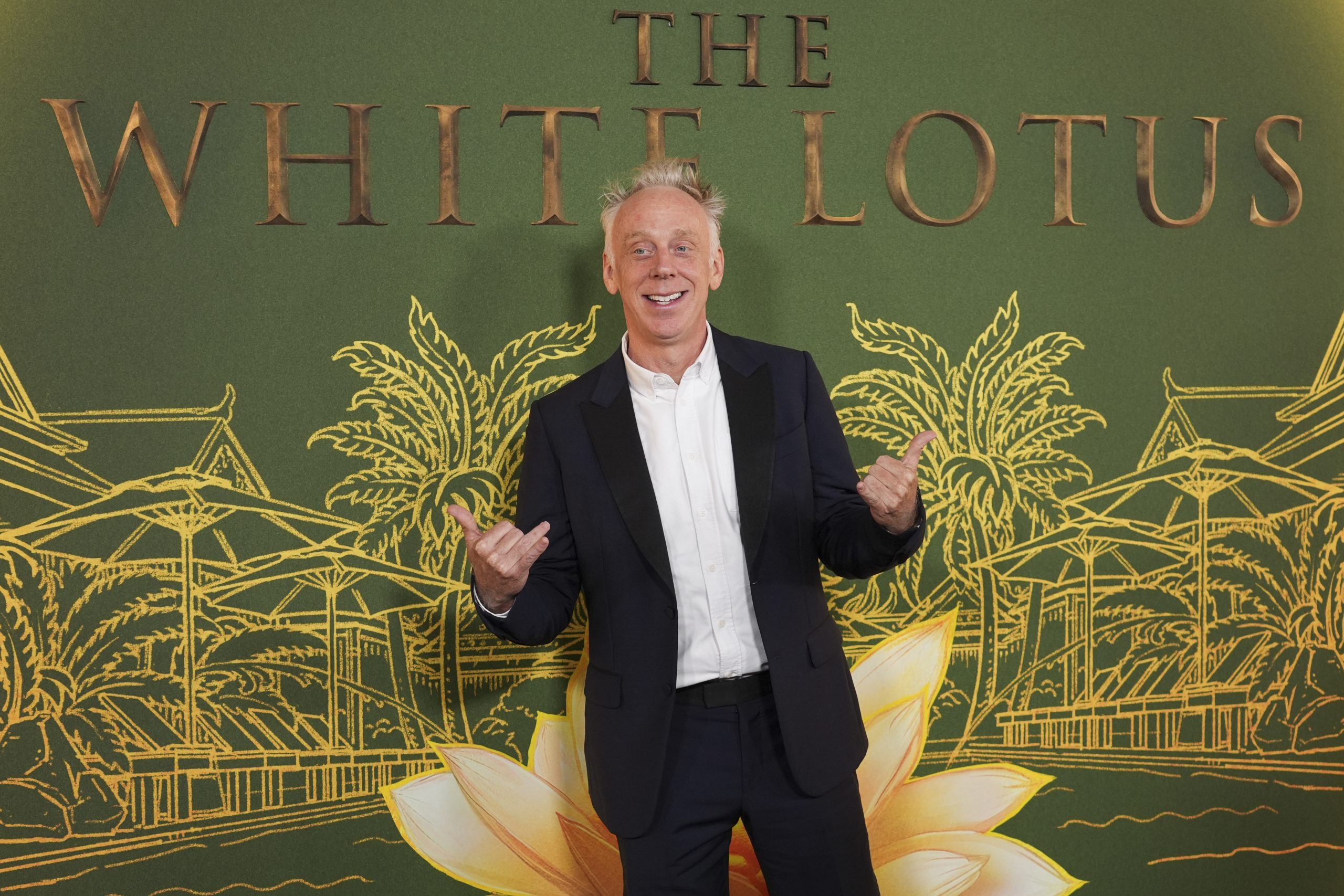This weekend, families across the globe gathered around their screens for the much-anticipated season finale of The White Lotus. Now in its third installment, Mike White’s cult-favorite series continues to captivate audiences with its razor-sharp satire, moral ambiguity, and suspense that burns slow and smolders long after the credits roll.
Season 3 has eclipsed its predecessors in viewership and ambition, pulling audiences deeper into its sun-drenched world of dysfunction and decay. Disguised as a vacation thriller, the series dissects the fraying threads of modern life: strained family ties, performative intimacy, and the transactional nature of human connection. With every piña colada and passive-aggressive smile, The White Lotus reminds us that paradise is always a mirage.
Disclaimer: Spoilers ahead
A hallmark of the show—equal parts anticipated and dreaded—is the now-traditional “accidental” death that caps each season. Though each premiere teases a murder mystery, the final deaths rarely stem from premeditated violence. Instead, they unfold as cosmic punchlines: ironic, absurd, and darkly comedic. Season 1’s Armond dies by literally falling onto a guest’s knife. In Season 2, Tanya narrowly escapes a yacht full of murderous gold-diggers only to slip off the boat, tragically ending her own life.
The White Lotus is a perfect tv show about how it’s totally possible for every single person on every possible side of a conflict to be wrong at the same time
— sio (@bestinsio) August 10, 2021
Season 3 shifts that pattern. While the specter of violence looms as always, this time, death feels less accidental and more consequential—less ironic, more tragic. Each demise is rooted in character choices, not random fate.
Take Lochlan Ratliff, the youngest of the sibling trio. His near-death comes via a cocktail laced with remnants of Timothy’s abandoned poisoned piña colada—a failed act of vengeance. As Lochlan fades in and out of consciousness, a dreamlike sequence shows him swimming toward four figures. He awakens in his father’s arms—alive, but forever altered. His survival becomes the silent echo of Timothy’s regret, a life nearly lost to a moment of misjudged intent.
Elsewhere, Rick and Chelsea’s deaths are far more brutal. After briefly tasting peace, Rick descends into vengeance, shooting Jim in a confrontation that spirals out of control. Only afterward does he realize the devastating truth: he has killed his own father, not his father’s killer. In the chaos, Chelsea—his only source of unconditional love—is fatally shot. Holding her body, Rick whispers, “We’ll be together forever,” before crossing a bridge and being killed by Gaitok, the morally righteous guard whose ideals fracture in that final moment.
#WhiteLotus S3 finale was absolutely insane, a roller coaster and exactly the combination of crazy, anger and happiness that this series provides. Might be my favorite season of them all pic.twitter.com/kIOznrVvWt
— Slyth 🎬 (@slythwalker_28) April 7, 2025
Back in 2022, Mike White teased the thematic arc of the series: season one was about money, season two about sex, and season three, about death. But the final chapter dives deeper. This season is steeped in Buddhist philosophy, reflecting on impermanence and the cyclical nature of existence. In episode seven, a monk tells Timothy that death is merely “water droplets returning to the earth.” That line reframes the finale—not as an end, but a transformation.
Each character embodies this cycle. The Ratliffs, once secure in their privilege, face moral and material decline. Rick’s fleeting moment of forgiveness collapses under the weight of vengeance. Saxon, long the selfish eldest sibling, surrenders to the unknown and embarks on a path of spiritual reinvention. Piper finally confronts her materialism. Gaitok, the pacifist, compromises for power and love. And Belinda, once the abandoned, becomes the abandoner—leaving Pornchai just as she was once left behind.
Belinda doing Pornchai the way Tanya did her lowkey omg sister the karma… #WhiteLotus #WhiteLotus3 pic.twitter.com/sEOxI1KOXt
— kyoshi’s warrior👸🏾👩🏿⚕️🇳🇬♊️ (@itsmetheHBIC) April 7, 2025
The result is a story of repetition and reflection. Characters evolve, regress, and mirror one another in haunting ways. Karma in The White Lotus is not redemptive—it is recursive. Catharsis remains elusive.








